Derwentcote Steel Furnace
Building In Rowlands Gill , Tyne And Wear
Disused steel furnace and woodland walk, managed by English Heritage.
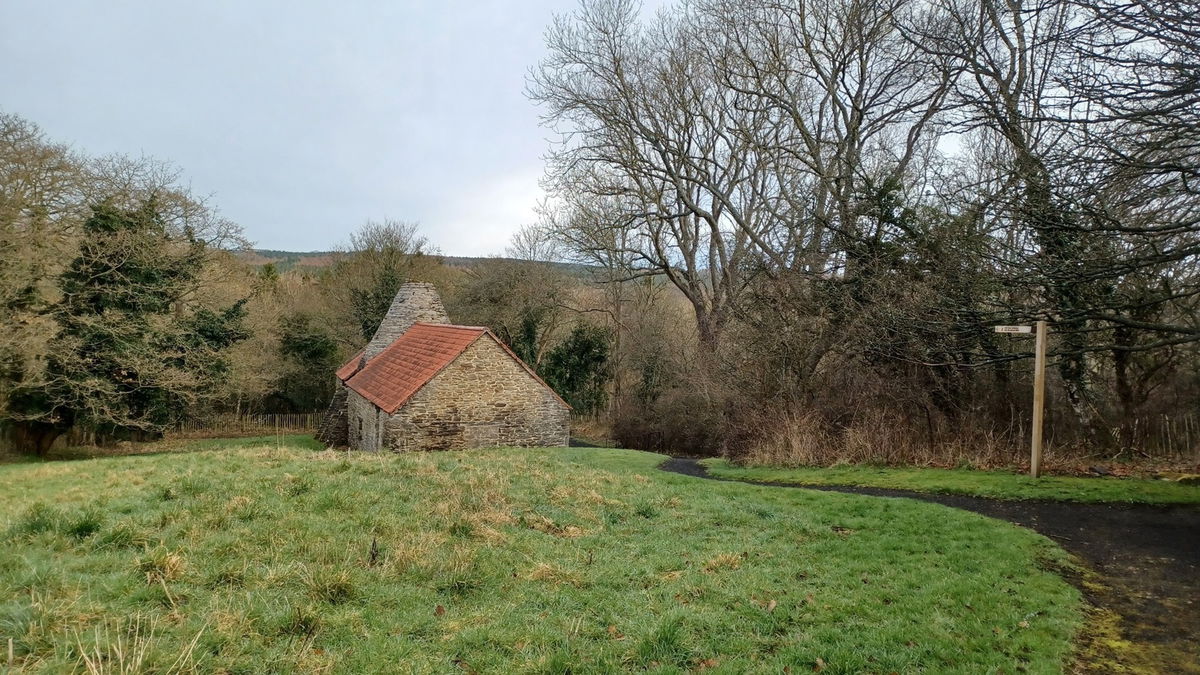
Derwentcote steel furnace was originally built in the 1730s and was used to make steel from wrought iron. It was in use for over 150 years, but fell into disrepair around 1890. English Heritage restored the site in 1990 and tours of the furnace have run in the past. However, it might be worth contacting English Heritage to find out when the tours might happen again.


The steel furnace was originally part of a complex, which included a pond, worker's cottages, forge buildings and a crucible furnace (for melting the wrought iron), all necessary for the cementation process.
The Derwent Valley was the perfect place for the industry, as the area had all of the natural resources needed to make the steel including charcoal, sandstone and coal.
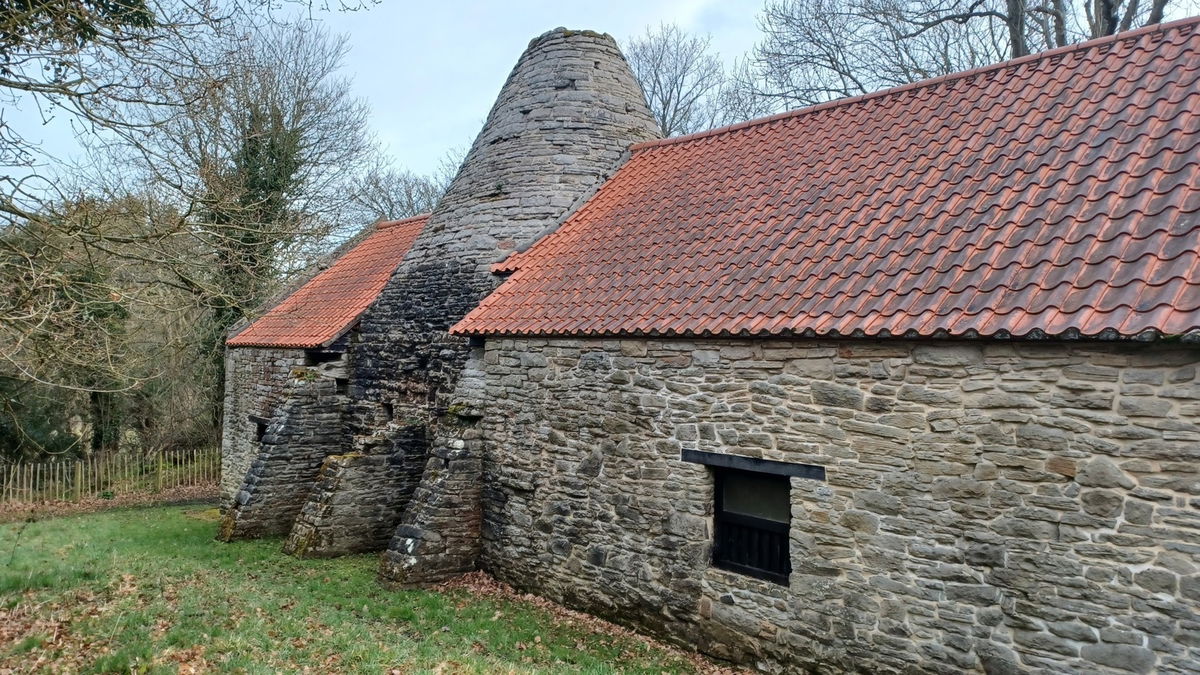
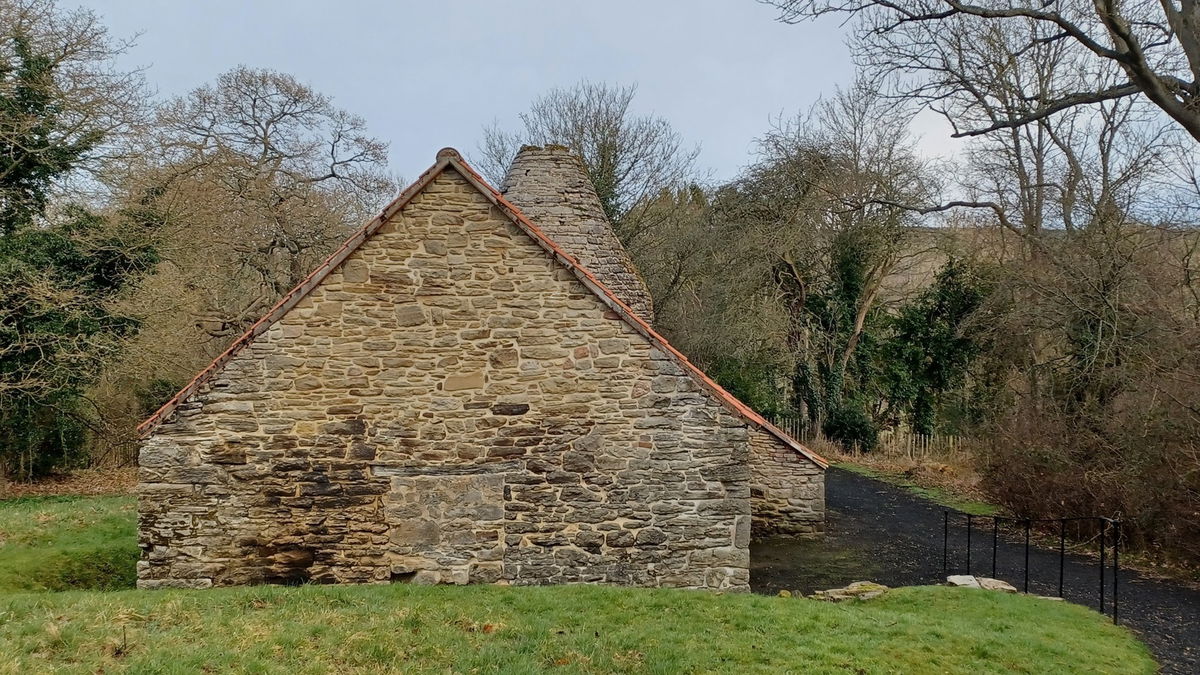
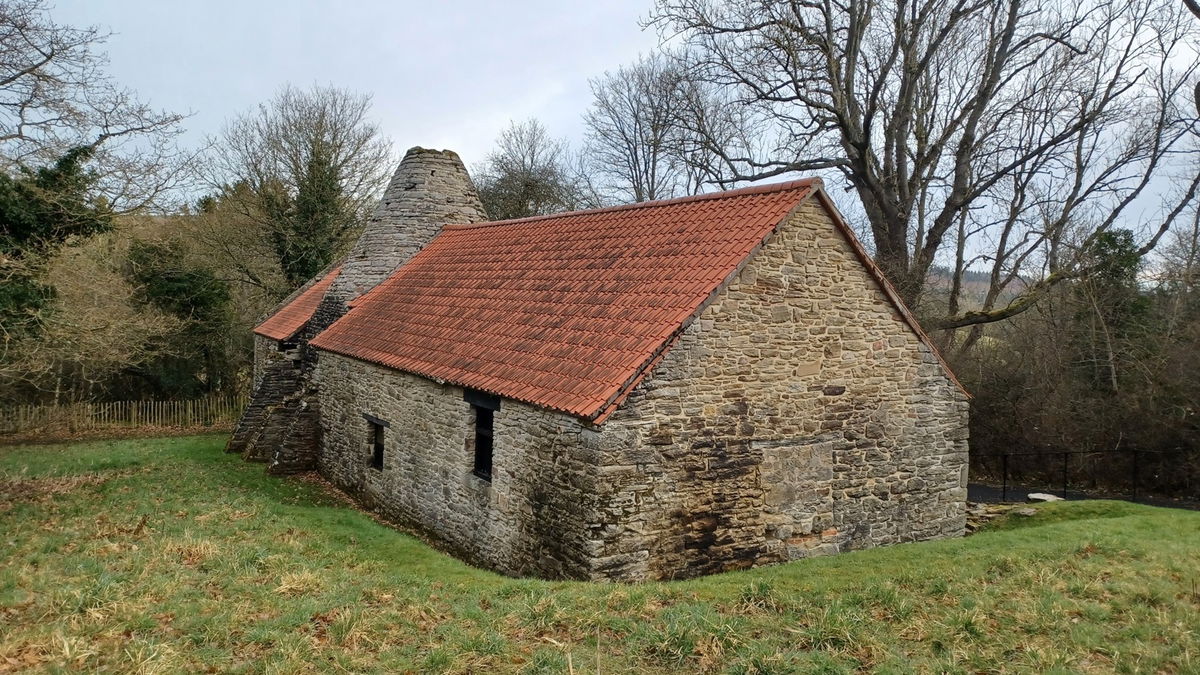
To explain the process of making steel, we thought we would speak to an expert. So here is our (real-life!) in-house, semi-retired, metallurgist, Clive Clemens, to give us a brief insight into the cementation process:
"The process of cementation begins when wrought iron and charcoal were placed in one or more long stone pots inside a furnace and were heated up to 1100c. Bars of the wrought iron and charcoal were packed in alternate layers and made air tight in the pots.
Through time, the carbon atoms migrate between the gaps in the iron atoms - the longer the steel is held in the furnace, the further the carbon atoms travel towards the centre. The stone pots containing the steel were heated for a week or more. The pots were then left for 2 weeks to cool. In this time, the wrought iron gained around 1% in weight with the added carbon.
The bars of steel would then be heated and hammered, pressed or rolled to become shear steel."
We will be testing you on this later in the article.


Derwentcote produced over 100 tons of steel every year (which was no mean feat, as there were only two workers there!) and the steel was considered to be the best in Britain. However, the complex sadly closed in 1891 due to competition from the Sheffield steel industry and the introduction of new techniques in steel making.
It is a really interesting spot and is the last surviving piece of evidence of cementation steelmaking in the North-East. There is also a woodland walk accessible around the furnace, where you can see evidence of other buildings from the complex. I originally wrote this article in 2022, however, we visited during Heritage Open Days in September 2024 and got to have a peek inside.
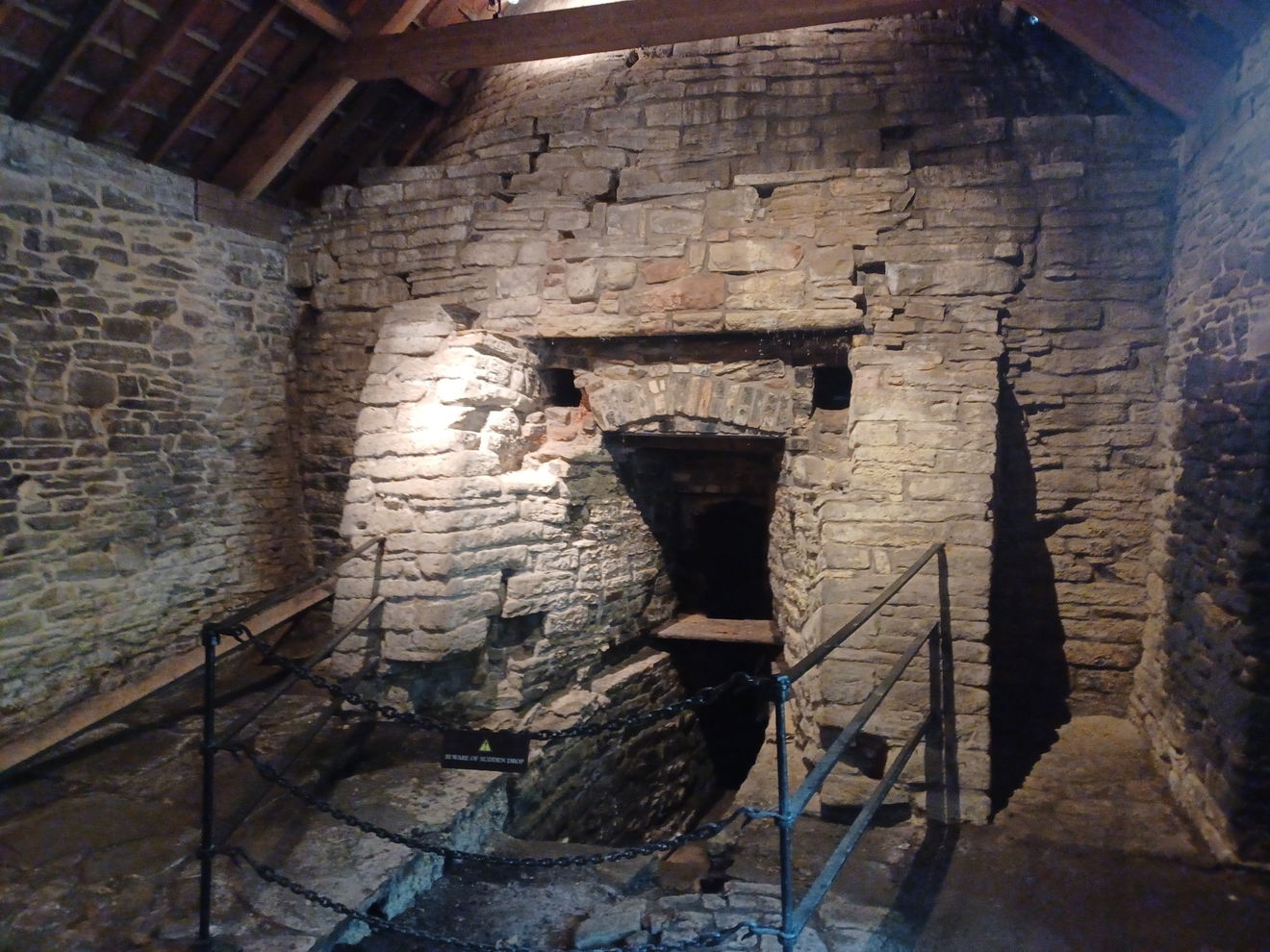
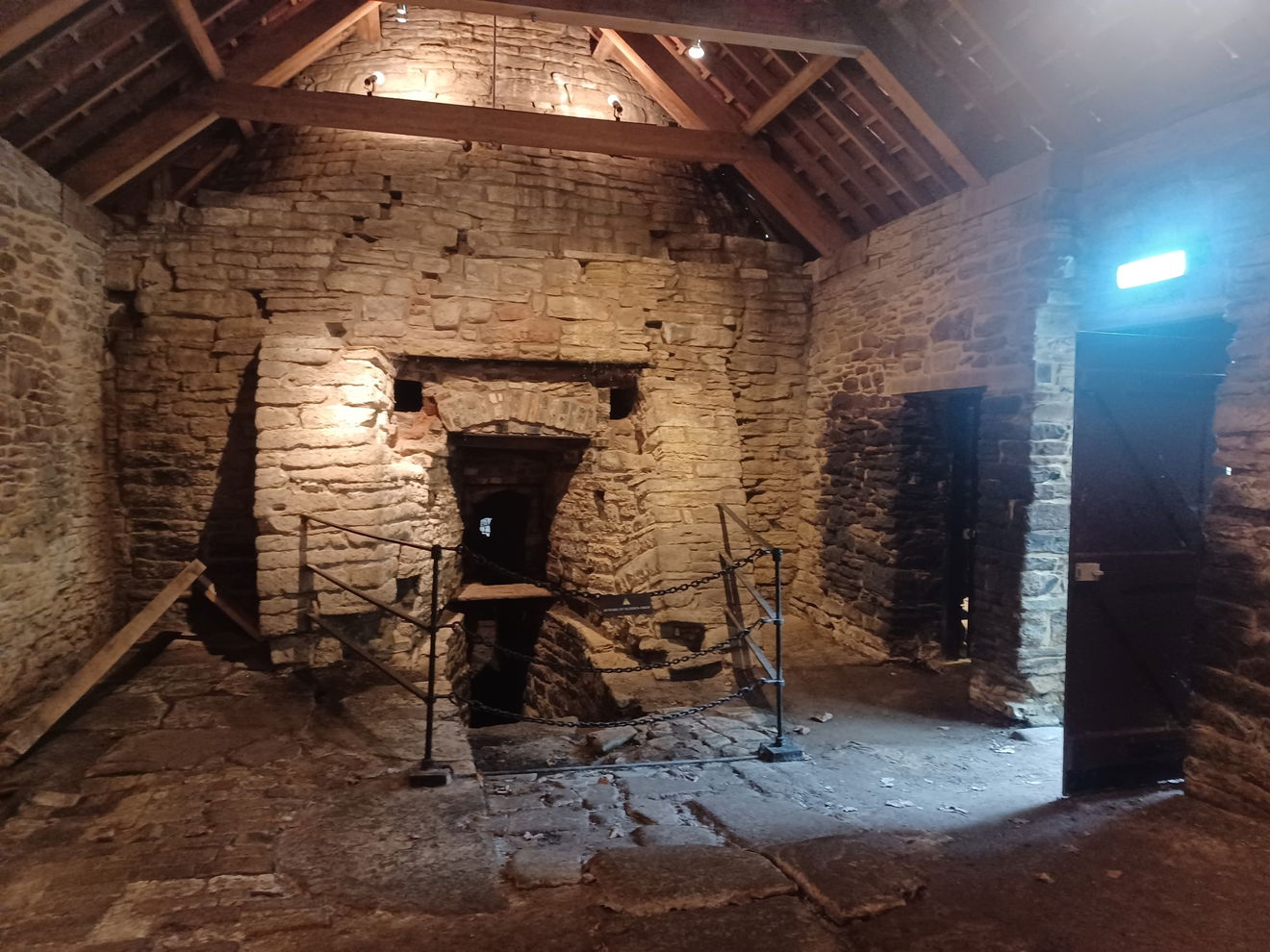
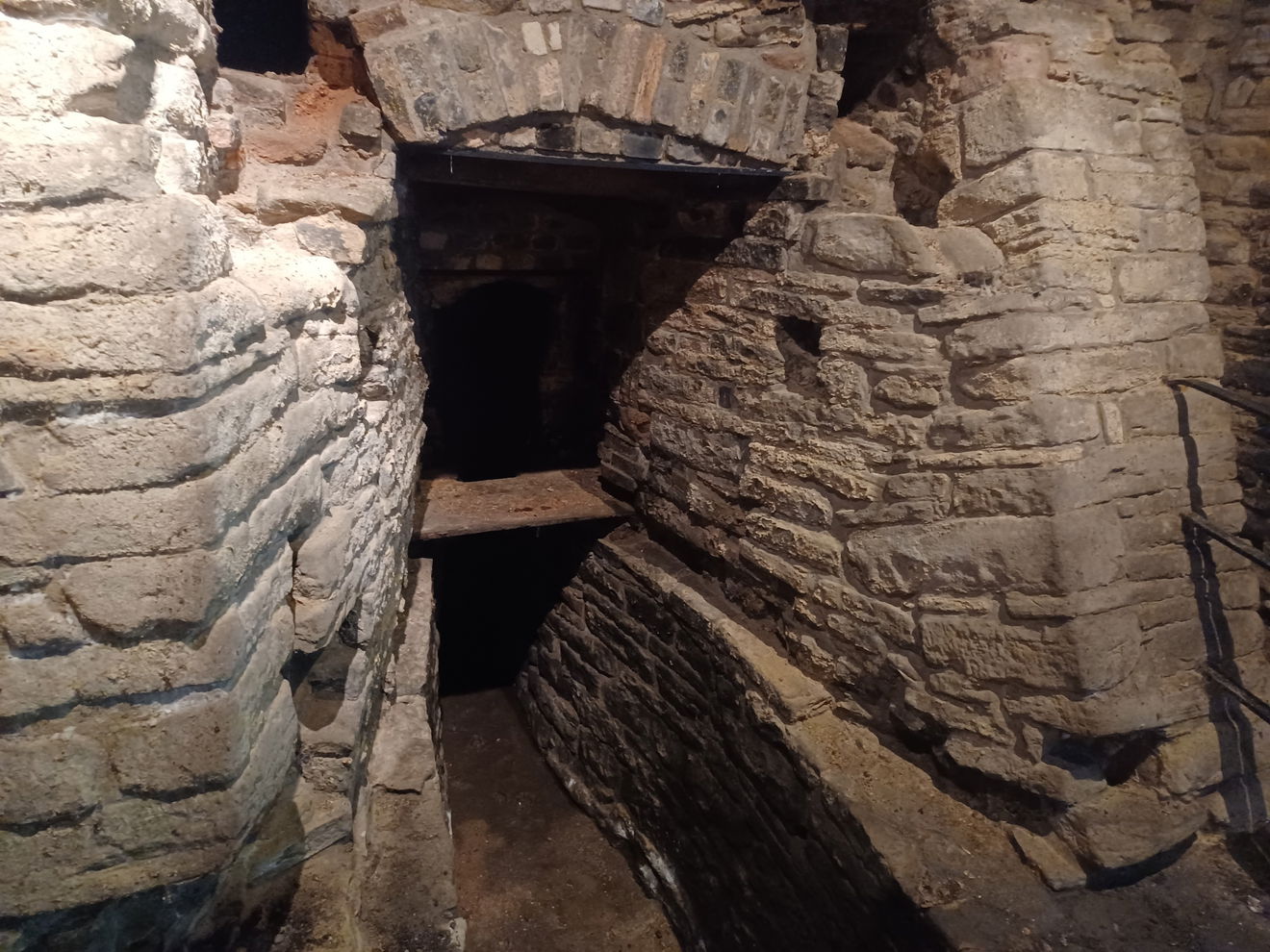
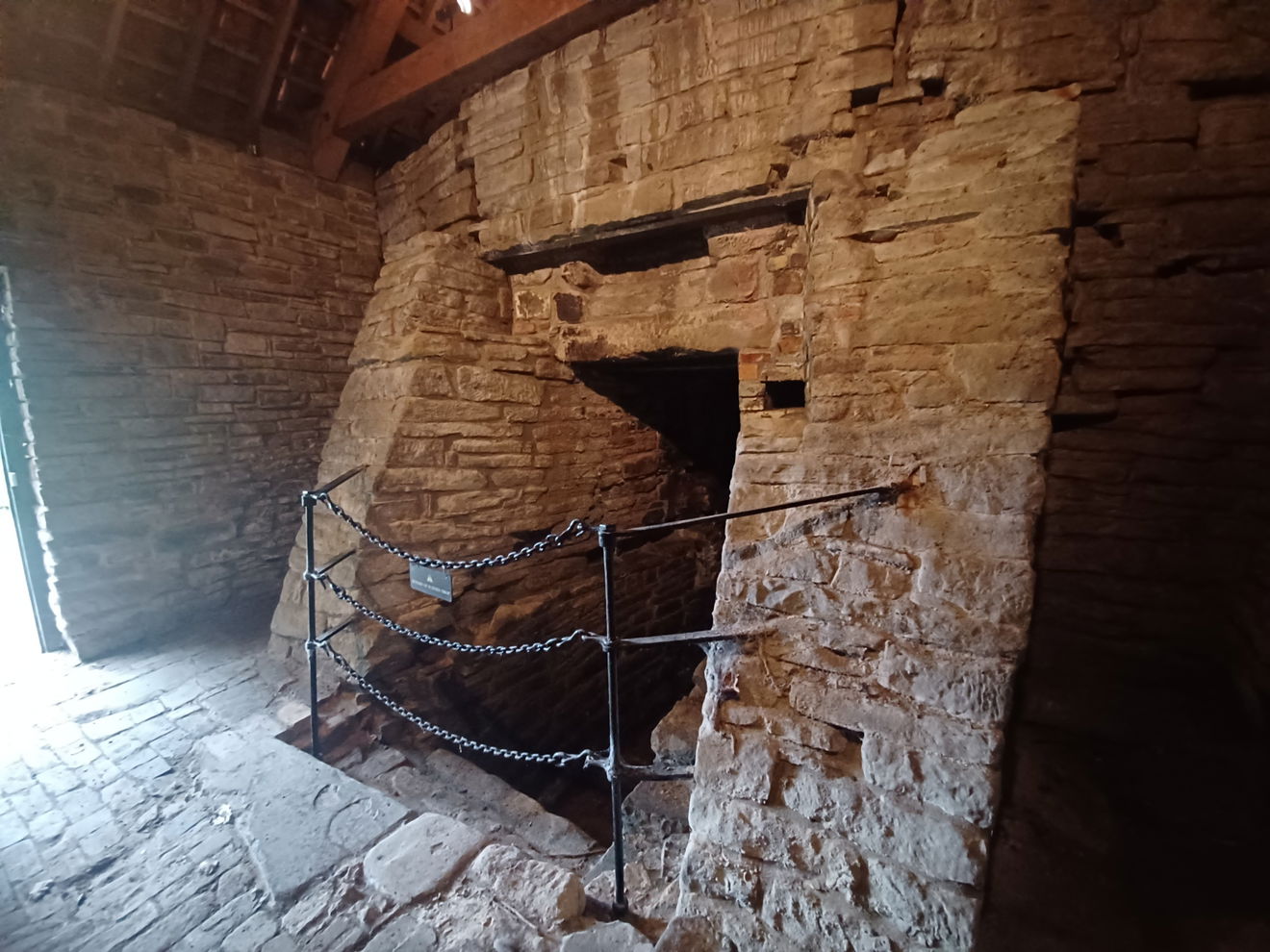
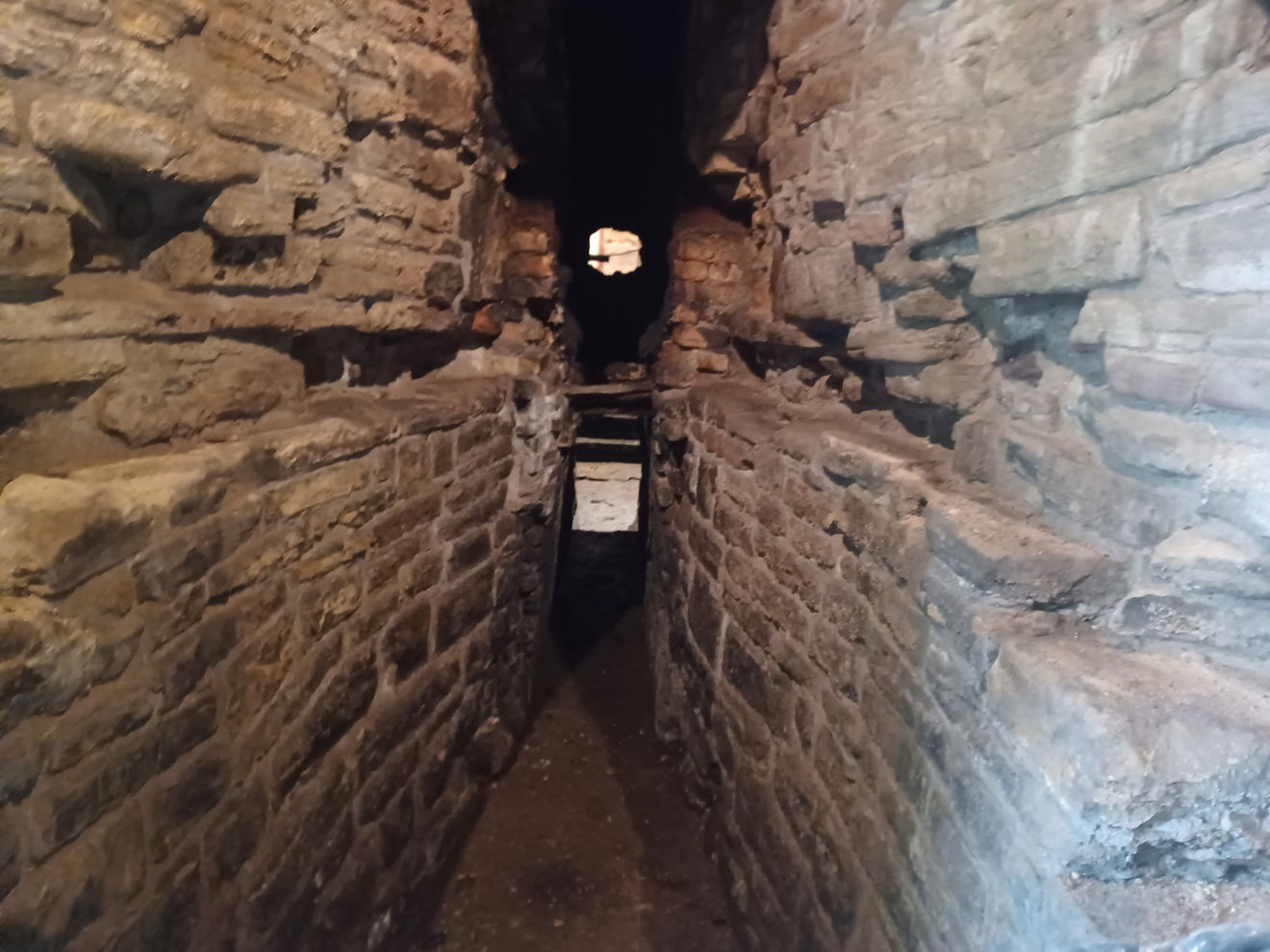
Get 2 points if you have visited this place. Already visited by 46 VIPs.
Login to the VIP area to add places to your bucket list, mark them as visited and more importantly see where you rank on the league table.
How To Find Derwentcote Steel Furnace
Where Is Derwentcote Steel Furnace?
Lat / Long
54.903124, -1.798111
What three words
Where To Park For Derwentcote Steel Furnace?
Lat / Long
54.900671, 54.900671
What three words
There is a dedicated car park for the steel furnace.
Contributed by Sandra Clemens
I love the great outdoors and have been a National Trust & English Heritage member for years. I also love going off the beaten track and finding places like Sharp's Folly or Rothley Castle which are hidden gems in Northumberland. My favourite recent hike was climbing Red Screes in the Lake District on a whim, not fully grasping how high 776m was. It was still an achievement to conquer a Wainwright walk and I hope to do more one day.
More Places from Sandra
More Places In Rowlands Gill
Find more fabulous places in Rowlands Gill , Tyne And Wear and if you know of a place we haven't listed, then let us know.
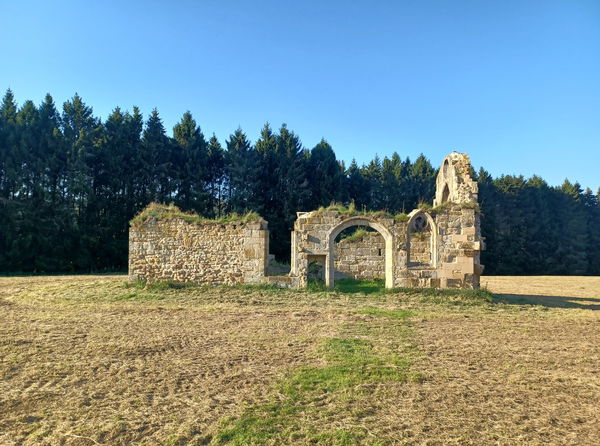
Low Friarside Chapel
Religious Place Rowlands Gill Tyne And WearRuins of a 14th century chapel in the grounds of Low Friarside Farm.
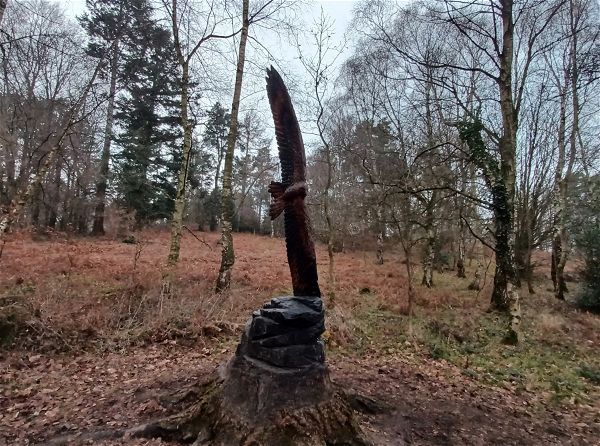
Thornley Woods Sculpture Trail
Landscape Rowlands Gill Tyne And WearA short but sweet 0.8km sculpture trail in Thornley Woods.
More Buildings
So this building wasn't enough and you want more? Don't worry we have you covered.
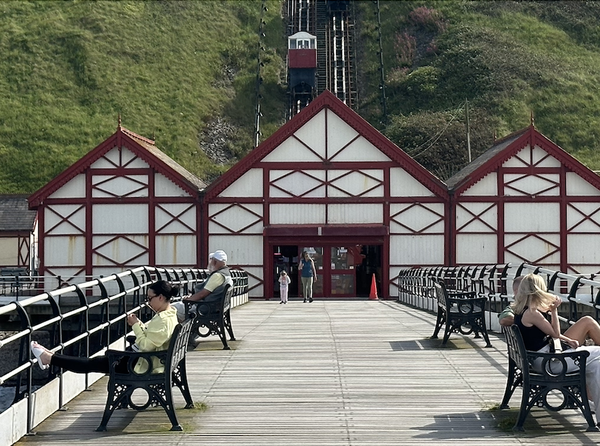
Saltburn Pier
Building Saltburn North YorkshireThe first pier on the North East Coast and last pier in Yorkshire.

Crowtrees Nature Reserve And Engine House
Building Durham County DurhamA nature reserve which was an old mining area with remains of a monolithic winding engine house.
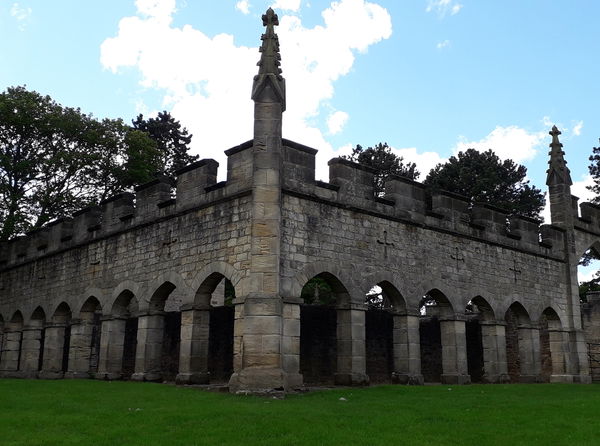
Auckland Castle Deer House
Building Bishop Auckland County DurhamThe deer house is a rare and well preserved example of Gothic Revival architecture built in 1760.
Never Miss A Fabulous Place
If you are afraid of missing out on all the fabulous places we post, or just want to be the first to know, then sign up to the Fabulous North.
Each week we will email you all the brand new places that we visit.
Sign Up To AlertsFind Us On Facebook
We post all our new places daily on our Facebook Groups page, so join the group today and be notified when we add a new place.
Join Our Facebook GroupDerwentcote Steel Furnace was listed in Building // Tyne And Wear // Rowlands Gill

